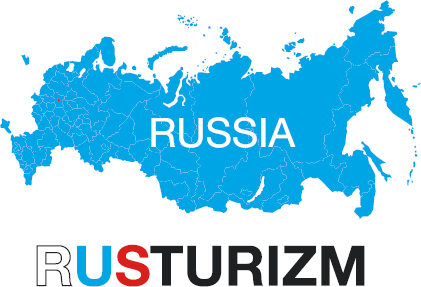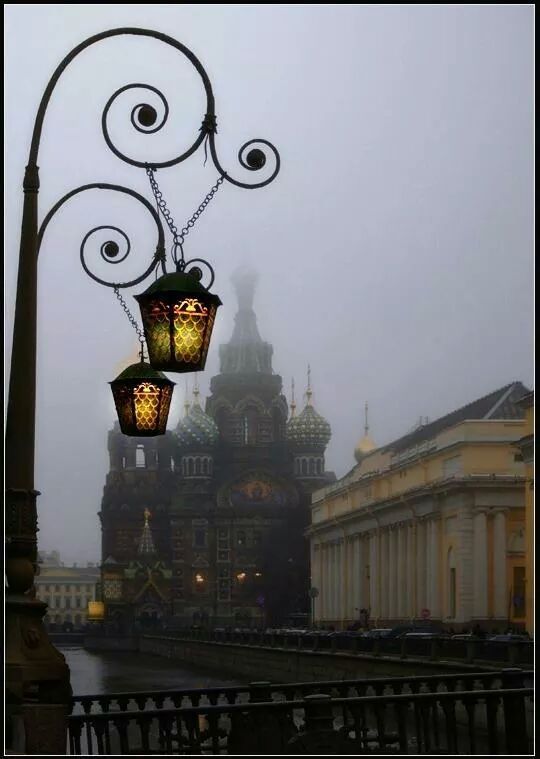The second most populous city in the Russian Federation. It was the capital of Russia for more than two centuries: from 1712 (when the first Russian Emperor Peter I moved the Russian court there) to 1918 (when the city was renamed Petrograd).
Since its foundation St. Petersburg is the Northern capital of Russia.
Not so long ago the city also became the European Culture Capital. It is not just coincidence: in fact there are more than 8,000 architectural and cultural monuments in Saint Petersburg. Every year in St. Petersburg there are about 1,000 exhibitions and hundreds of art festivals. Also, in the world St. Petersburg is known for its museums: the Hermitage, the Cabinet of Curiosities, the Russian Ethnographic Museum and the Russian Museum etc.
St. Petersburg is a museum under the open sky as there are many archeological and architectural monuments in the city.
The historic center of the city is in the list of UNESCO World Heritage Sites. During the White Nights (link) St. Petersburg turns into one of the most romantic places on the planet no doubt.
Because of the city location – the city was founded on the Neva River – there are lots of bridges there and many of them are drawbridges. At night, drawbridges give way to ships and boats. The city was being built for sailor travelers. From a ship Saint Petersburg is particularly impressive. Because of that fact St. Petersburg is often called Venice of the North.
At any time, St. Petersburg is interesting to tourists. In summer it attracts you with numerous art festivals and the romantic white nights. In autumn the city is bright, as autumn tree leaves cover and adorn not only the boulevards and streets, but canals too. Perhaps for somebody Winter is a good time to visit the city as St. Petersburg is not so crowded at this time and museums and theaters are open to public. The hotel prices are not so high like in summer. But in spring you are able to see the breaking of the ice on the Neva in San Petersburg.
Source:






 — Бесплатные Сайты и CRM.
— Бесплатные Сайты и CRM.